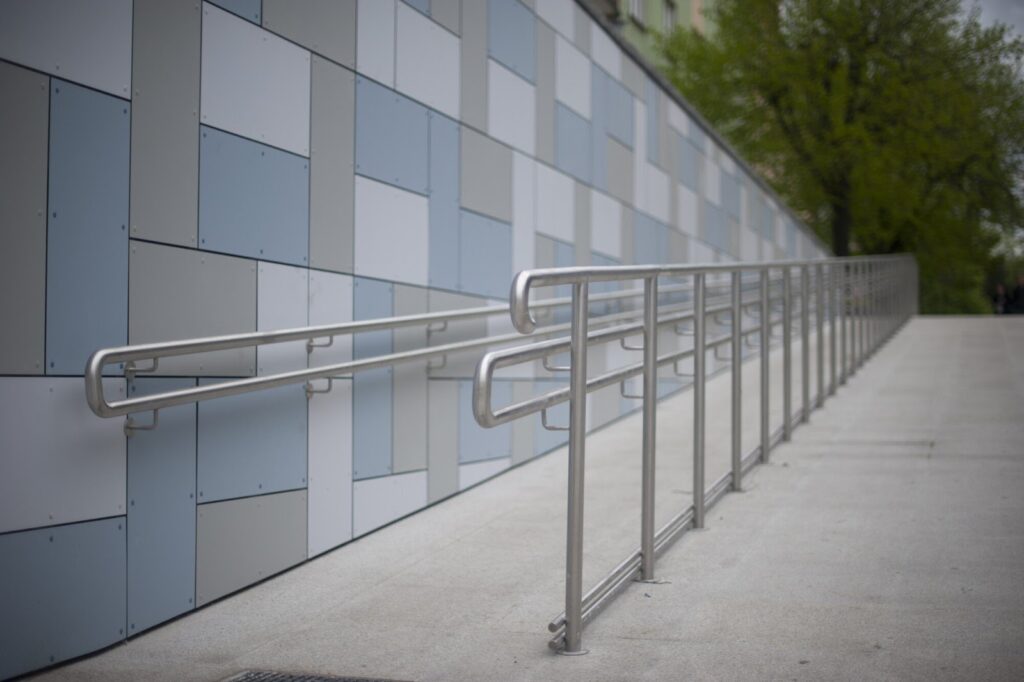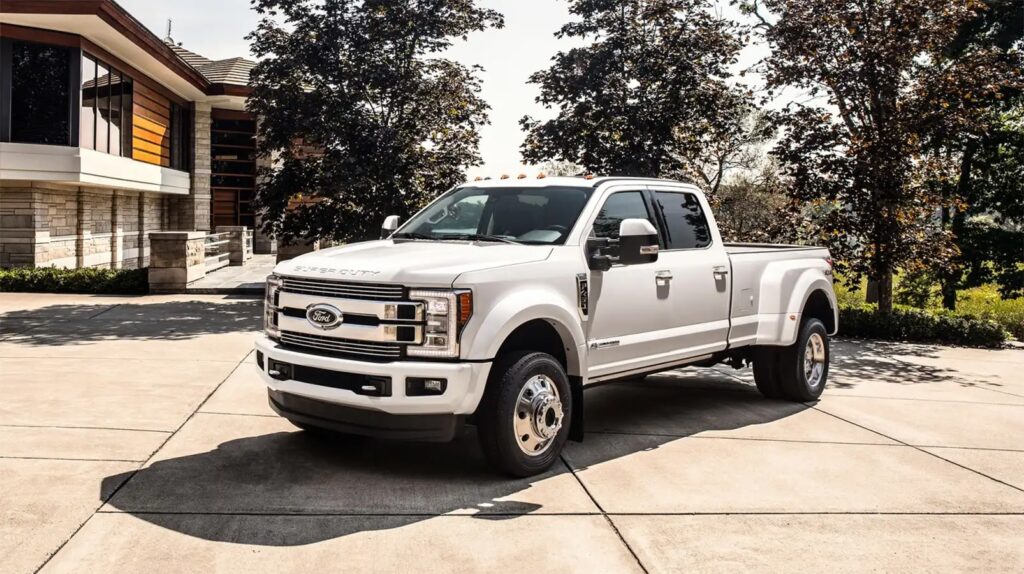Commercial buildings are required to comply with various regulations and guidelines to ensure accessibility for individuals with disabilities. One of the key factors in achieving compliance is the installation of wheelchair ramps. These ramps serve an essential purpose in providing access for individuals with mobility impairments, allowing them to enter and navigate through a building safely and independently. This article explores the crucial role of wheelchair ramps in ensuring commercial building compliance.
Overview of Commercial Building Compliance for Individuals with Disabilities
Commercial building compliance is a set of regulations and guidelines that aim to provide equal access for individuals with disabilities. These regulations ensure that commercial buildings are designed, constructed, and maintained to be accessible for people with varying types of disabilities. This includes features such as wheelchair ramps, handrails, doorways wide enough to accommodate wheelchairs, and accessible restrooms. Following these guidelines enables businesses to foster an inclusive environment, allowing individuals with disabilities to fully engage in all facets of society.
Understanding the Importance of Wheelchair Ramps in Accessibility
Wheelchair ramps are designed to comply with specific measurements and slopes, allowing individuals using wheelchairs or mobility aids to enter and exit a building seamlessly. Without proper wheelchair ramp access, individuals with disabilities may face significant barriers when trying to access commercial buildings, hindering their ability to fully participate in society. Therefore, understanding the importance of wheelchair ramps in accessibility is essential for businesses looking to achieve compliance and create an inclusive space for all individuals.
Legal Requirements and Guidelines for Installing Wheelchair Ramps in Commercial Buildings
To ensure compliance with accessibility standards, there are legal requirements and guidelines that businesses must follow when installing wheelchair ramps in commercial buildings. The Americans with Disabilities Act (ADA) sets forth specific regulations for the construction and installation of wheelchair ramps, including the required slope, width, and landing space. Moreover, building codes such as the International Building Code (IBC) also outline guidelines for accessible routes and wheelchair ramp design. Businesses need to understand these legal requirements and guidelines to ensure their wheelchair ramps are compliant and provide safe access for individuals with disabilities.
Types of Wheelchair Ramps and Their Features
Wheelchair ramps come in various types to accommodate different building structures and accessibility needs. The most common type is a modular ramp, which consists of multiple sections that can be assembled and disassembled for easy portability. These ramps are typically made from aluminum or steel, providing durability and stability. Another popular option is a threshold ramp, designed for small height differences between rooms or external doors. Portable ramps are also available for temporary use, perfect for events or short-term need for wheelchair access. No matter the type, all wheelchair ramps should have features such as non-slip surfaces, handrails, and proper slopes to ensure safe and accessible entry into commercial buildings.
Considerations for Proper Installation and Maintenance of Wheelchair Ramps
Businesses should consider several factors when installing a wheelchair ramp to ensure accessibility and safety. These factors include the location, which should be convenient and accessible for all users, the slope, which must comply with accessibility standards to prevent difficulty in use, and the material used, which should be durable and provide adequate traction. In addition, regular inspections and maintenance are necessary to ensure the ramp remains in good condition and free from hazards, such as cracks, debris, or ice build-up during colder months. Neglecting these considerations can result in non-compliance with regulations and pose potential risks to those using the ramp, possibly leading to accidents or injuries. Therefore, it is important to have a plan in place for repairing or replacing ramps that may become damaged over time due to wear and tear. This proactive approach helps maintain accessibility and safety for everyone who relies on these essential structures.
Benefits of Having Wheelchair Ramps in Commercial Buildings Beyond Compliance
Having wheelchair ramps in commercial buildings not only ensures compliance with accessibility standards but also brings several benefits for both individuals with disabilities and businesses. These ramps allow for easy and independent access, promoting inclusivity and dignity for individuals using wheelchairs or mobility aids. They can also benefit businesses by increasing their customer base, as more individuals with disabilities will be able to visit their establishments. In addition, having accessible features like wheelchair ramps can improve a business’s reputation and show its commitment to diversity and inclusion.
Wheelchair ramps are essential elements of commercial building compliance for individuals with disabilities. They facilitate accessibility, promote inclusivity and independence, and comply with legal requirements and guidelines. Businesses must prioritize the proper installation and maintenance of wheelchair ramps to ensure equal access for all individuals and create a welcoming environment for everyone.






